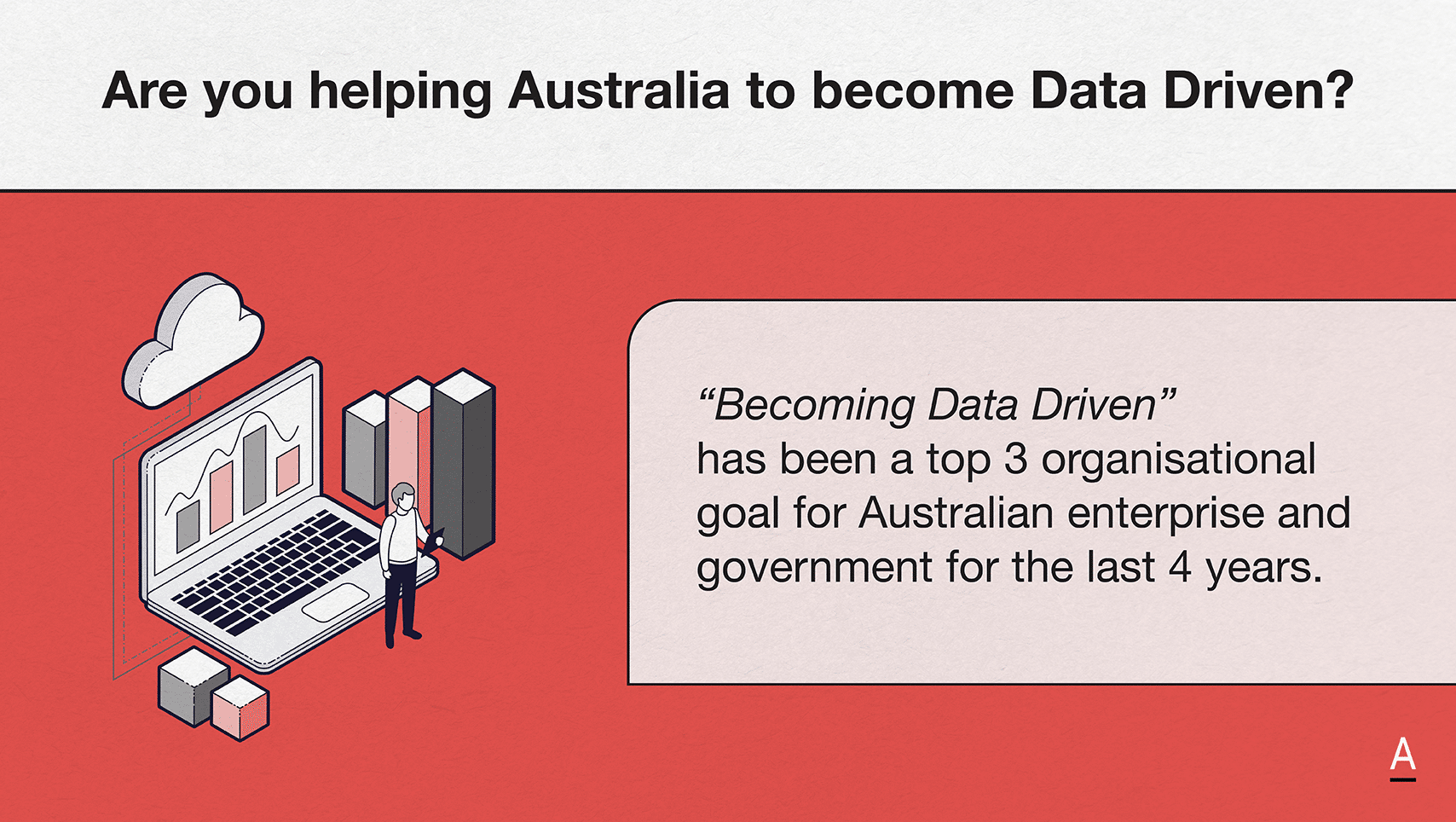Actionable insights for CIOs and IT decision-makers
As businesses face growing demands for agility, scalability, and resilience, hybrid cloud has emerged as a core strategy rather than just a passing trend.
“Hybrid cloud is no longer a ‘nice-to-have’; it’s a necessity. It allows businesses to stay competitive while ensuring operational continuity and resilience against unforeseen challenges,” according to Interactive’s head of product for cloud, David Leen.
Statistics tell the story, Leen says. “With 90% of enterprises projected to adopt multi-cloud or hybrid cloud models by 2024, hybrid infrastructures are essential for maintaining operational continuity in a rapidly evolving digital landscape,” he says, citing a recent Interactive whitepaper, ‘Business resilience in the age of hybrid infrastructure.’
“As organisations increasingly embrace hybrid models and cloud-first strategies, they’re not only enhancing their digital capabilities, but also fortifying their ability to respond to disruptions,” he notes.
“Business resilience in the age of hybrid infrastructure refers to a company’s ability to adapt, recover, and continue operations despite disruptions, leveraging the flexibility and redundancy offered by a mix of on-premises and cloud-based systems.”
What’s more, hybrid cloud provides organisations with a flexible, integrated infrastructure that combines on-premises systems, private clouds, and public clouds, he adds.
“This combination enables businesses to balance performance, cost-efficiency, and security,” Leen explains.
IT Leaders Know the Pressure to Adapt Amid Market Shifts
CIOs and IT leaders are well-acquainted with the need for adaptability and scalability in dynamic markets. Hybrid cloud environments provide a critical advantage by enabling businesses to respond swiftly to changing demands, Leen says.
“Whether scaling operations during growth phases or optimising resources during economic downturns, hybrid infrastructures ensure agility. This flexibility is especially crucial for industries like financial services, where responsiveness to regulatory changes and market conditions is vital,” Leen explains.
However, managing hybrid setups comes with its own set of challenges, including integration complexities, security vulnerabilities, and visibility gaps across diverse environments.
“These challenges demand advanced tools and strategies to address heightened risks, ensure continuity, and maintain operational efficiency, particularly as hybrid environments grow more intricate and critical to business success,” Leen notes.
Tools like Microsoft Azure Arc plays a pivotal role in managing hybrid IT environments, offering unified management across on-premises, multi-cloud, and edge systems. It provides centralised visibility, ensuring consistency in security, governance, and compliance. This simplifies hybrid infrastructure management and enhances business resilience by keeping critical systems protected and operational during challenges.
Cost Optimisation: Smarter spending with hybrid cloud
One of the most compelling advantages of hybrid cloud is cost optimisation, Leen explains. By matching workloads with the most appropriate infrastructure, businesses can maximise efficiency and minimise waste.
“Cost control is a key driver for hybrid adoption. Companies can achieve smarter spending by tailoring their infrastructure to the specific needs of each workload,” Leen says.
Certainly, the ability to fine-tune resource allocation ensures better financial planning and supports long-term sustainability.
Simplifying tech modernisation for resilience and scalability
For today’s IT leaders, the drive for technology modernisation and simplification is more than just a trend—it’s essential for maintaining business resilience in a hybrid world.
As hybrid infrastructures grow more complex, simplifying and modernising technology is the key to adapting quickly to shifting demands and staying ahead of emerging threats.
“Tech modernisation and simplification is the top priority for Infrastructure leaders and CIOs this year. There’s an urgent need to elevate our technology capabilities and streamline processes, particularly in Australia,” notes Gabby Fredkin, Head of Analytics and Insights at ADAPT, in the report.
With 57% of Australian organisations planning to modernise legacy systems – according to a July 2024 ADAPT survey – it’s clear that “outdated tech is a major obstacle” to resilience and operational efficiency.
“Legacy systems and manual processes are major barriers to progress,” Fredkin notes. “By simplifying and modernising your technology, you ensure your infrastructure supports scalability and reliability, keeping your business agile and resilient in the face of complexity.”
In an era where resilience is everything, a robust and simplified hybrid infrastructure provides the foundation for continuity, quick recovery, and the ability to meet market demands, no matter what challenges arise.
Practical Insights for CIOs: Overcoming Hybrid Infrastructure Challenges
Both Leen and Fredkin say navigating hybrid infrastructure demands thoughtful planning and proactive strategies.
They provide valuable insights for CIOs on overcoming hybrid infrastructure challenges while maintaining focus on business resilience, including:
Establish a Baseline: Begin by assessing your current state—identify workloads and determine their best-fit environments. Consider total cost of ownership, including additional infrastructure like firewalls and storage. Engaging experts early ensures a solid foundation.
Define Success: Align IT initiatives with business goals. Establish clear metrics and involve stakeholders throughout the journey to foster support and ensure seamless transitions.
Embrace Continuous Modernisation: There’s no “IT Nirvana.” Resilience requires acknowledging that modern technology rapidly becomes legacy. Focus on fit-for-purpose solutions and build mental resilience for ongoing evolution.
Demand Proven Reliability: Choose cloud providers with demonstrated high availability through verified uptime and robust architecture. Avoid promises without proof to maintain operational reliability.
Match Workloads Strategically: Evaluate cost, performance, and resilience when placing workloads. Avoid trends, and focus on what’s optimal for your unique needs to minimise visibility gaps and vulnerabilities.
Cultivate a Culture of Change: Actively engage employees in transformation efforts. Proactive change management, including human-centred design and user literacy, enhances acceptance and strengthens organisational resilience.
Future of Hybrid Cloud
For IT leaders, the time to act is now: embrace hybrid cloud as a strategic enabler of resilience, adaptability, and growth, Leen urges.
“Hybrid cloud is the foundation for resilience, but its future lies in integrating emerging technologies that drive efficiency and innovation,” he says.
To dive deeper into mastering hybrid cloud and ensuring business resilience in today’s fast-paced environment, explore our comprehensive insights here Business Resilience in the age of hybrid infrastructure | Interactive





















